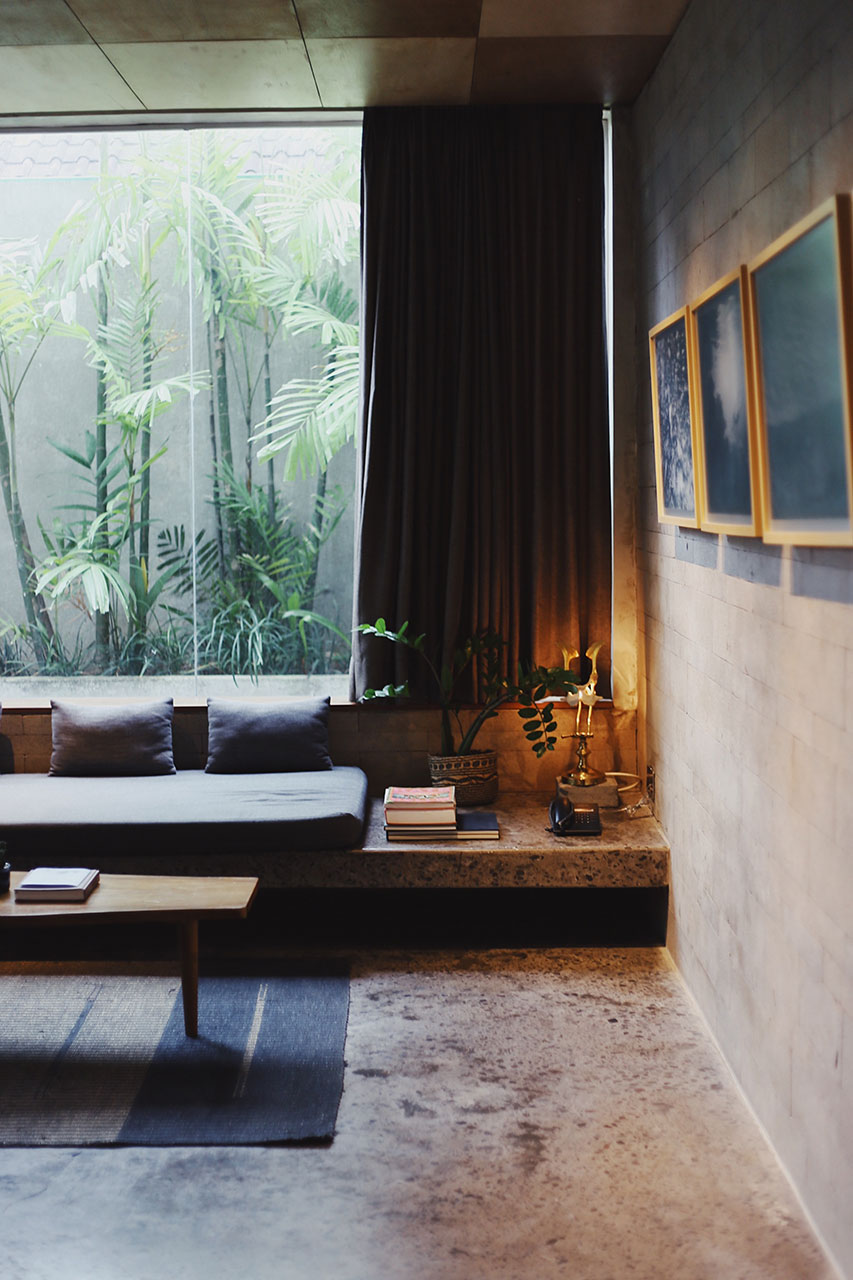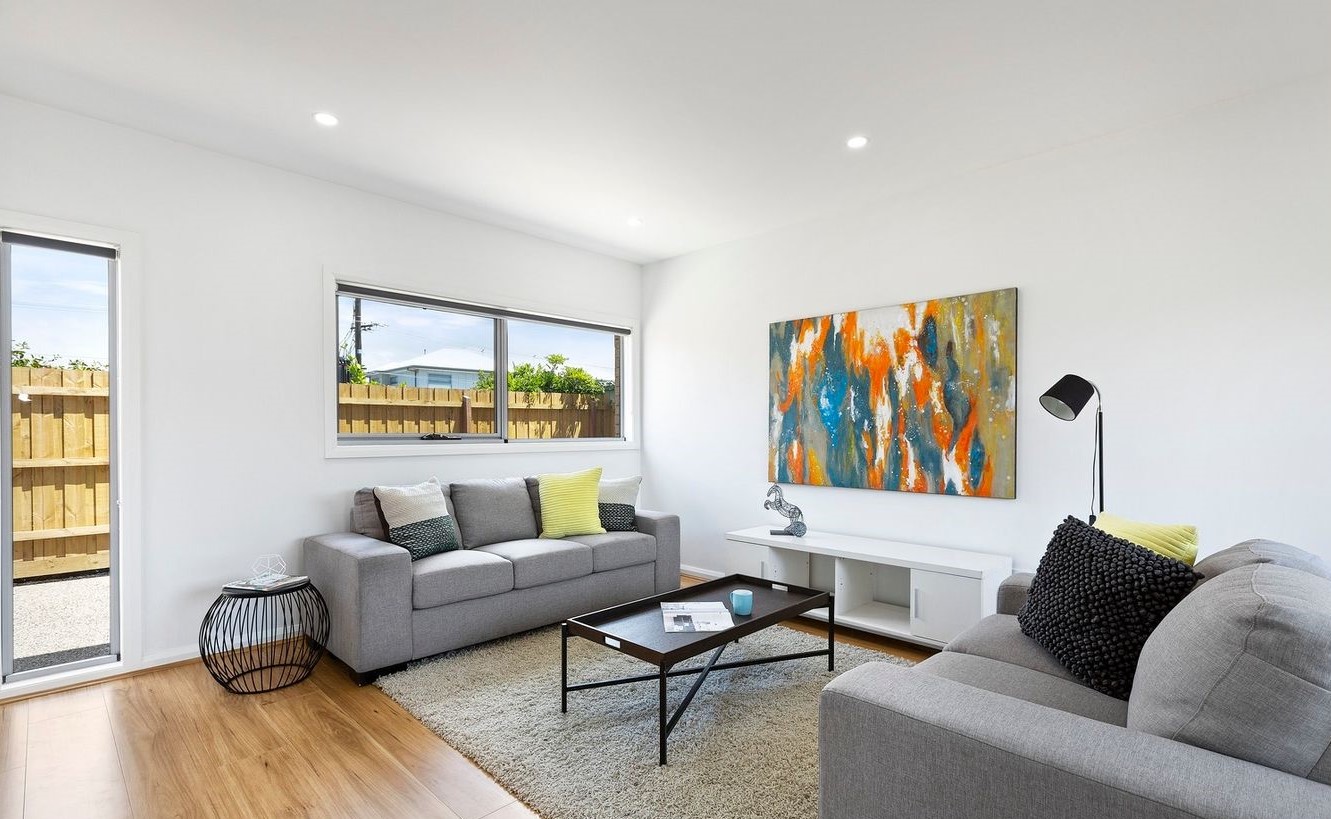Patel Building Group
Adopting Sustainable Construction
The precise definitions of sustainable construction vary from place to place and are constantly evolving to encompass different approaches and priorities. We define sustainable construction as “the practice of creating structures and using processes that are environmentally responsible and efficient in the use of resources throughout the life cycle of a building, from location to design, construction, operation, maintenance, reconstruction. and deconstruction, sustainable construction is a way of building that aims to reduce (negative) impacts on health and the environment caused by the construction process or by buildings or by the built environment. More comprehensively, sustainability can be viewed from three dimensions of the planet, people, and profit throughout the construction supply chain. Key concepts include protecting the natural environment, choosing non-toxic materials, reducing and reusing resources, waste minimisation, and the use of life cycle cost analysis.
In addition, construction uses around half of the natural resources that humans consume. The production and transport of construction materials consume between 25 and 50 percent of all energy used (depending on the country considered).
By adopting sustainable construction, contractors would develop the construction plan or sustainable site plan to minimise the environmental impact of the project.
By promoting sustainable methods and products in daily work, the good result directly shows the public the positive effect of sustainable construction. Consequently, there would be potential to expand the market for sustainable concepts or products.
Over the years, the construction industry has seen a trend in IT adoption, something that is always found difficult to compete with when compared to other fields, such as the manufacturing industry or the healthcare industry. Today, construction is beginning to see the full potential of technological advancements, moving to paperless construction, utilizing the power of automation and embracing BIM, the Internet of Things, storage and cloud work together, and mobile applications, the deployment of survey drones, and more
Today, sustainable construction has become a mainstream in the construction industry. The growing drive to adopt a better way of building, stricter industry standards and improved technologies have lowered the cost of applying the concept, according to the Business Case For Green Building Report.


Eco Friendly Living: Sustainable Homes
Eco-friendly sustainable living homes embrace environmentally conscious practices and materials, promoting a lifestyle that minimises ecological impact.
These homes are designed with energy efficiency, water conservation, and renewable resources in mind. From solar panels to recycled materials, sustainable architecture ensures a reduced carbon footprint, creating residences that harmonise with nature while providing comfortable living spaces.
Embracing the principles of sustainable living, these homes contribute to a greener, more environmentally responsible way of life.

